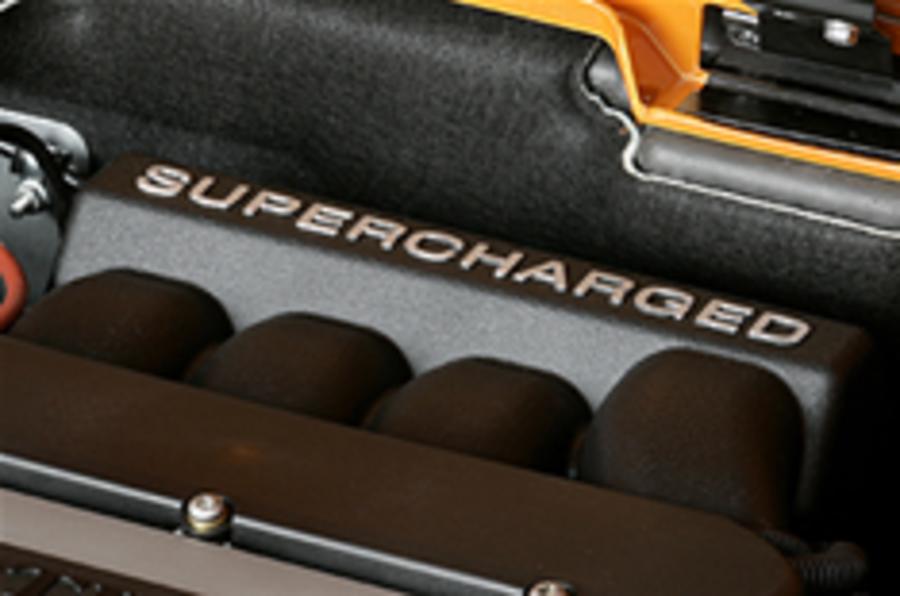Superchargers look set to become the next mechanical car component to go electric after a British company unveiled plans for a blower powered by an electric motor. Instead of being driven off the engine by a belt, like a conventional supercharger, Controlled Power Technologies’ Variable Torque Enhancement System uses a small motor to increase the air supply.The unit is ready for mass production and should be available on a production car in 18 months. A spokesperson for CPT said that three car makers are “seriously interested” in the system due to its ‘plug and play’ capability; it can be fitted to existing engines without the need for a major redesign.The motor, which uses a technology called switched reluctance drive that does away with conventional brushes, is also cheap to make, compact and durable.The ability of an electric motor to instantly spin to maximum revs means that extra air is supplied to the unit on demand. This should make it more efficient than a turbocharger, which needs the engine to reach a certain speed to start working properly. CPT claims big improvements in performance, typically a 40 per cent reduction in 45-65mph, in-gear acceleration. That equates, says the company, to a 1.2-litre car knocking seven seconds off its time in sixth gear.
…
Not Registered for Autocar Business, Create an account
Forgotten your password?
Reset Password
Post a Comment
main menu
Close
Currently reading: Superchargers to go electric
Superchargers to go electric
Electric supercharger could be on the market in 18 months
Close
Advertisement
Latest business news
Read our review
Car review
Is the Lotus Elise still the last word in open-top British sports car fun?
used Lotus Elise cars for sale
2019
£44,995
11,500miles
Petrol
Manual
2
2019
£46,480
10,800miles
Petrol
Manual
2
2011
£35,999
13,200miles
Petrol
Manual
2
2021
£44,995
10,260miles
Petrol
Manual
2
2020
£44,995
6,300miles
Petrol
Manual
2
2020
£41,750
14,712miles
Petrol
Manual
2
2019
£45,950
7,709miles
Petrol
Manual
2
2014
£36,990
12,541miles
Petrol
Manual
2
2013
£28,888
28,400miles
Petrol
Manual
2
Next
Prev
Powered By


Newsletter
Get all the best car news, reviews and opinions direct to your inbox three times a week. You can unsubscribe via any email we send See our full privacy notice for more detailsMore from Autocar
Top 10s
Latest car reviews
Top manufacturers
We recommend
Autocar is part of Haymarket Automotive, a division of Haymarket Media Group © Haymarket Media Group 2022





Join the debate
Add your comment
Re: Superchargers to go electric
While that would be less efficient than a traditional turbo, it would have the advantage of being able to provide full boost almost immediately at any engine speed. An electric centrifugal supercharger may well be more efficient than a directly driven positive displacement blower, with some performance advantages too. Any such device will require far more power than a standard alternator supplies, however.
Re: Superchargers to go electric
Why not use a small generator powered by an exhaust-gas turbine to charge a battery/capacitor to power it? That way you're running it off waste energy and avoiding the traditional supercharger problem of using useful energy